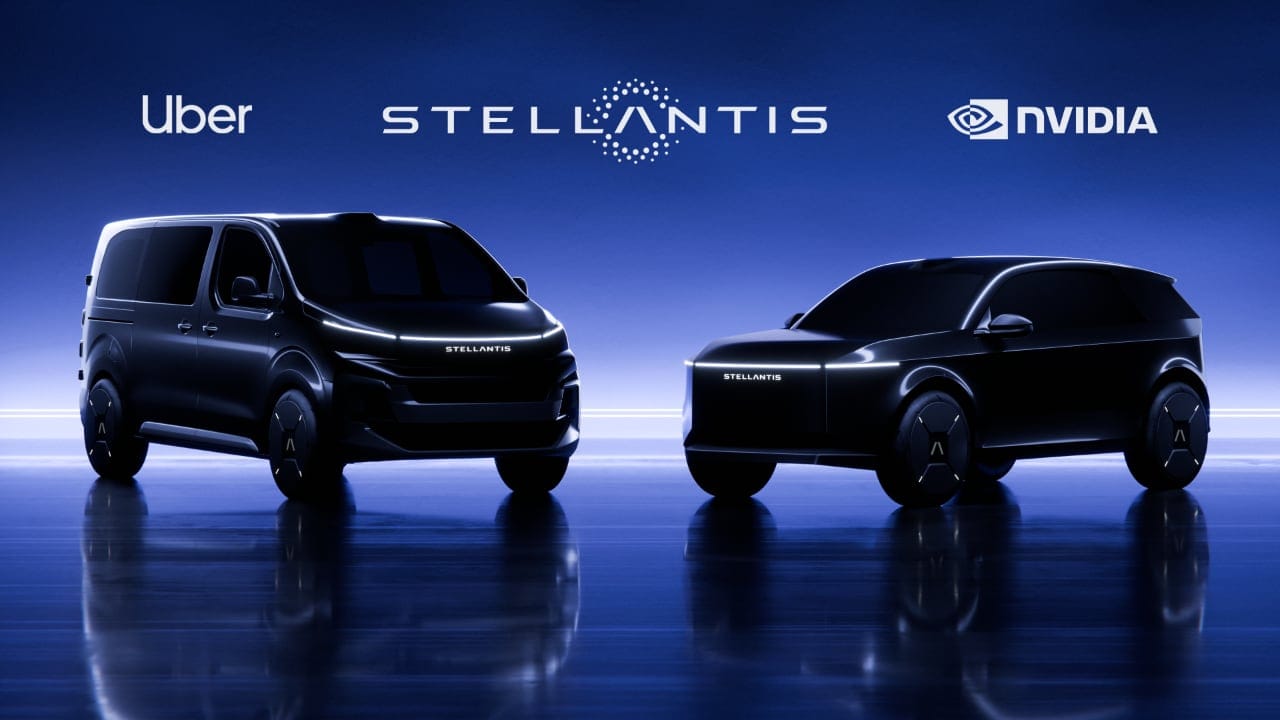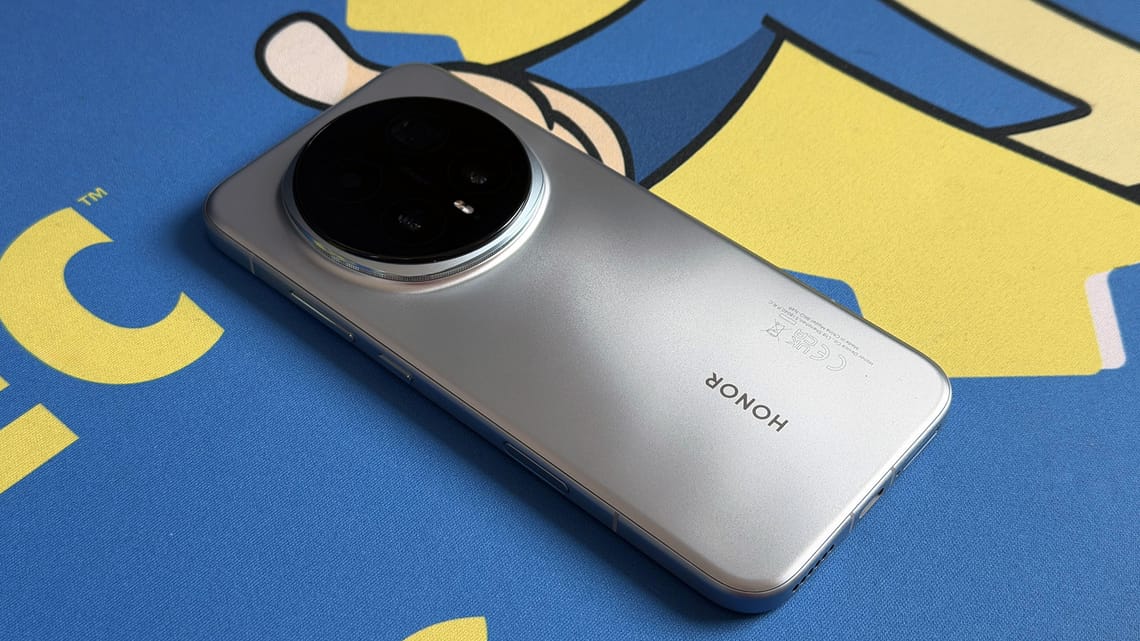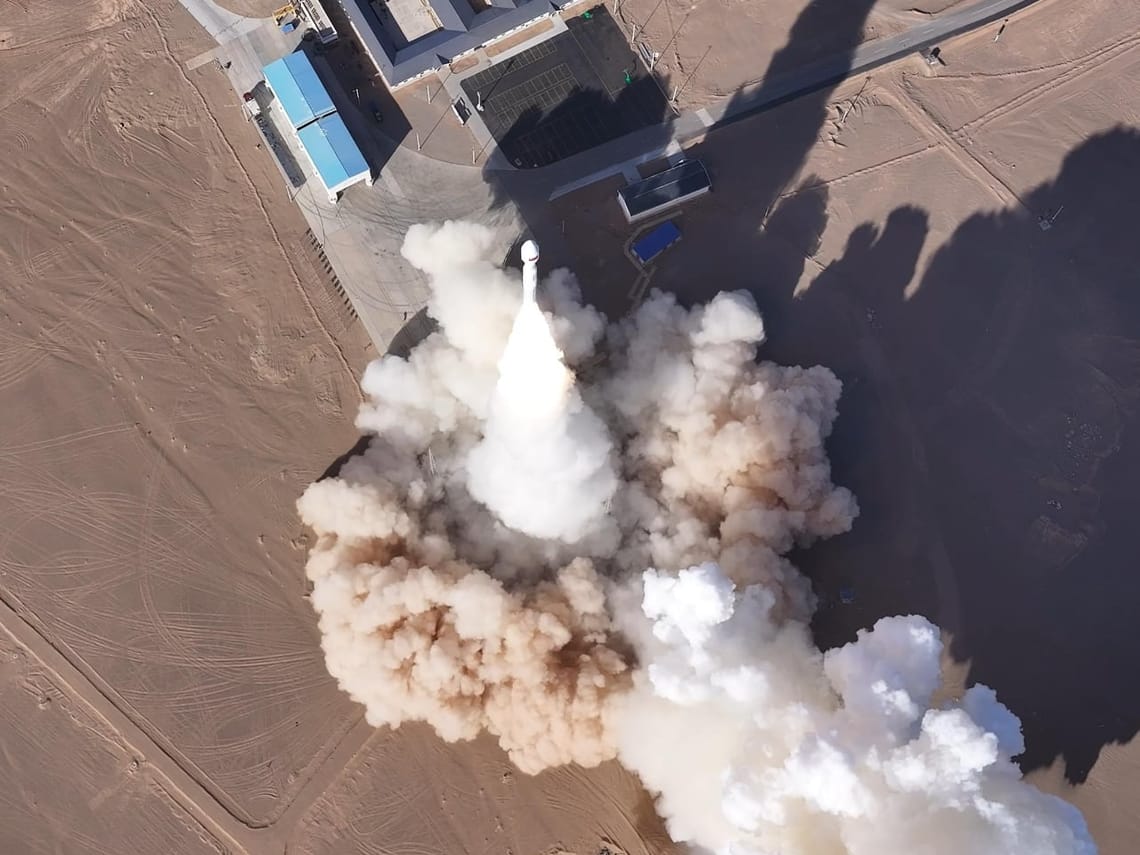- Stellantis signs a non-binding MoU with NVIDIA, Uber and Foxconn to develop Level 4 robotaxis.
- Uber targets an initial fleet of 5,000 cars; SOP is aimed at 2028.
- Platforms: K0 Medium Size Van and STLA Small, using NVIDIA’s Hyperion 10 stack and DRIVE AV.
- Roles: Stellantis builds, NVIDIA supplies software, Foxconn integrates hardware, Uber operates services.
- Follows Stellantis’ recent Pony.ai work in Europe.
Stellantis is pushing deeper into driverless mobility with a fresh collaboration with NVIDIA, Uber and Foxconn. The group plans to co-develop Level 4 robotaxis on Stellantis’ AV-Ready platforms using NVIDIA’s Hyperion 10 stack, with Foxconn handling systems integration and Uber running the service. Uber’s first target is 5,000 vehicles, with start of production pencilled in for 2028. It’s an MoU for now, but it sets a clear direction after Stellantis’ Pony.ai tie-up in Europe.
What Stellantis and partners are actually building
The cars are based on Stellantis’ AV-Ready platforms, specifically the K0 Medium Size Van and STLA Small. They’ll run on NVIDIA’s DRIVE AGX Hyperion 10 with DriveOS and the full DRIVE AV stack tuned for Level 4 driving and parking.
- Platforms: K0 Medium Size Van, STLA Small
- Compute and software: NVIDIA Hyperion 10, DriveOS, DRIVE AV (L4 Driving, L4 Parking)
- Design goal: flexible architecture for multiple use cases
- Emphasis on sensor redundancy and high-performance computing
Stellantis says these platforms are engineered for L4 through integrated sensors, compute and system redundancies. The aim is safer operation and better total cost for fleets, not flashy prototypes.
Who does what
Each company has a clear lane in the stack.
- Stellantis: design, engineering, and manufacturing on its AV-Ready LCV and STLA Small platforms
- NVIDIA: DRIVE AV software for L4 Driving and Parking on Hyperion 10
- Foxconn: hardware and systems integration
- Uber: operations and fleet deployment
This division mirrors how autonomy is maturing: carmakers do the vehicles, chip and software vendors supply the stack, contract manufacturers integrate, and mobility platforms handle riders and routes.
Timeline and scale
Uber plans to deploy in select cities globally, starting in the United States, with an initial batch of 5,000 vehicles. Start of Production is targeted for 2028, with pilots ramping beforehand.
- Initial operations: United States
- First tranche: 5,000 vehicles
- SOP target: 2028
It’s ambitious but framed as a staged rollout rather than a sudden switch. The document is careful to position all this under a non-binding MoU, which leaves room for adjustments.
How does this fit Stellantis’ wider AV plan?
The announcement sits alongside Stellantis’ recent agreement with Pony.ai to test L4 vehicles in Europe. The company is building a partner ecosystem rather than going solo.
- Pony.ai collaboration focuses on European testing
- Today’s MoU targets robotaxi services a global scale
- Approach: multiple partners across software, integration and operations
It’s the pragmatic route most legacy OEMs are taking: spread risk, tap specialists, and move faster than trying to solve the whole problem in-house.
What it could mean for the UAE
The UAE has been leaning into autonomy pilots and AI infrastructure. For readers here, it signals more AV trials and supplier activity over the next few years, even if Uber’s first deployments start in the US.
Stellantis’ LCV base aligns with regional last-mile and shuttle use cases. The region is already busy with Level 4 talk and AI hardware. See our coverage of a personal L4 robocar shown in Dubai and the new AI supercluster using NVIDIA GPUs.
What’s missing or still to be defined
This is a framework, not a final contract. The MoU lays out development, licensing, production and procurement as future agreements.
- Non-binding MoU, flexibility for other collaborations
- No city list beyond the US start
- No pricing or service launch dates for the UAE
The forward-looking statements also flag the usual risks: supply chains, regulation, costs, tech readiness and market demand. In other words, promising, but the boring execution bits still matter.
Related reading on Tbreak
- Stellantis testing the IBIS battery system in a Peugeot E-3008
- Stellantis Middle East launches Zofeur pick-and-drop servicing
- Fiat’s full LCV lineup lands in the GCC
- NVIDIA in the region: RTX AI at Museum of the Future
What exactly is Level 4 autonomy?
It means the vehicle can drive itself in defined conditions and areas without a human driver taking over. Manual control isn’t required within its operational domain. This project targets that level with NVIDIA DRIVE AV.
When could people ride in these robotaxis?
The press release targets the Start of Production in 2028, with pilots ramping before that. Timelines can shift because the MoU is non-binding.
Where will they launch first?
Uber plans initial operations in the United States, then select cities globally. Specific cities are not listed here.
What vehicles are being used?
Stellantis’ AV-Ready K0 Medium Size Van and STLA Small platforms, integrated with NVIDIA’s Hyperion 10 stack and DRIVE AV.
Who handles what in this partnership?
Stellantis builds and integrates, NVIDIA provides L4 software, Foxconn does hardware and systems integration, and Uber operates the service.
Subscribe to our newsletter to get the latest updates and news







